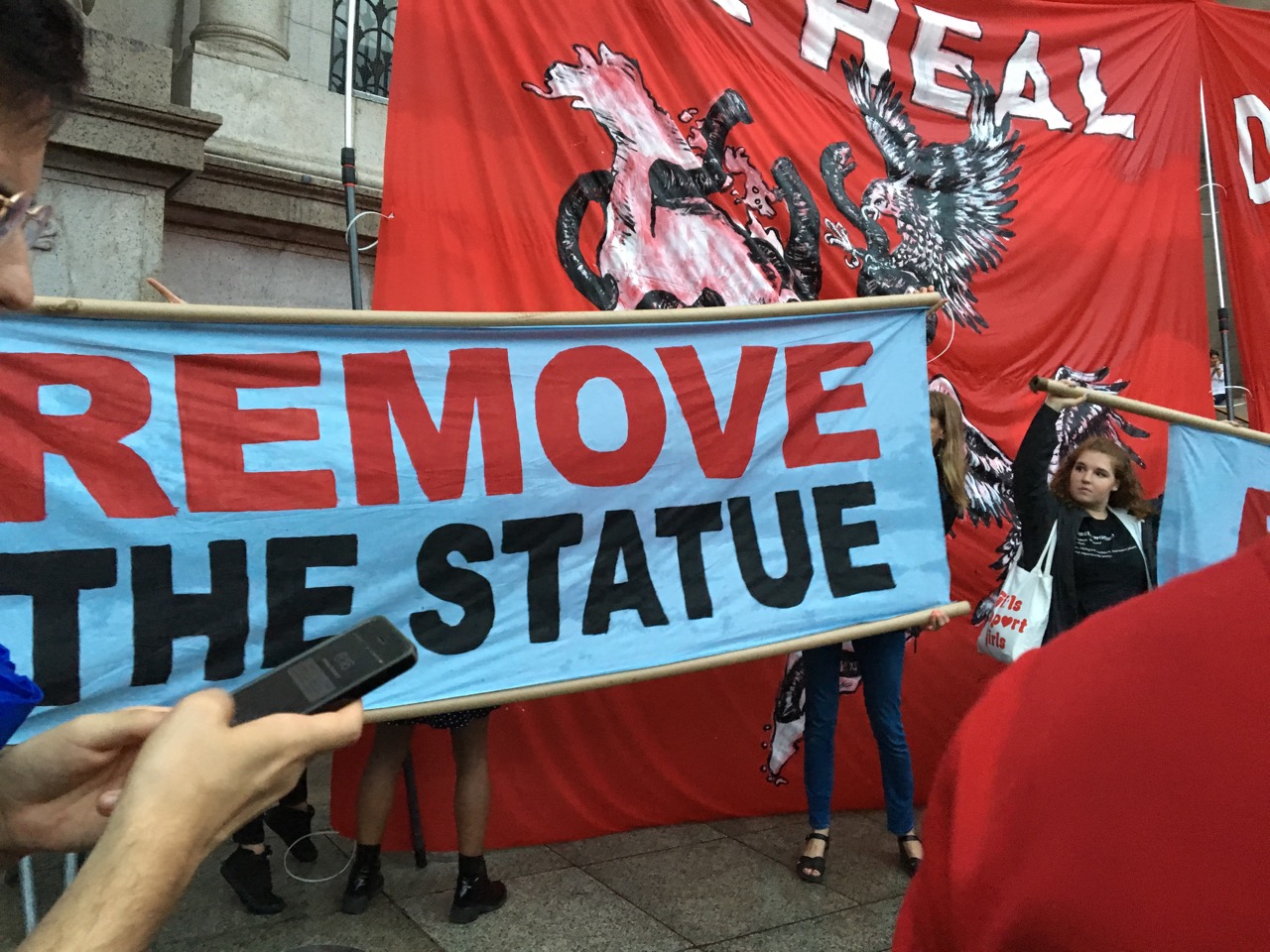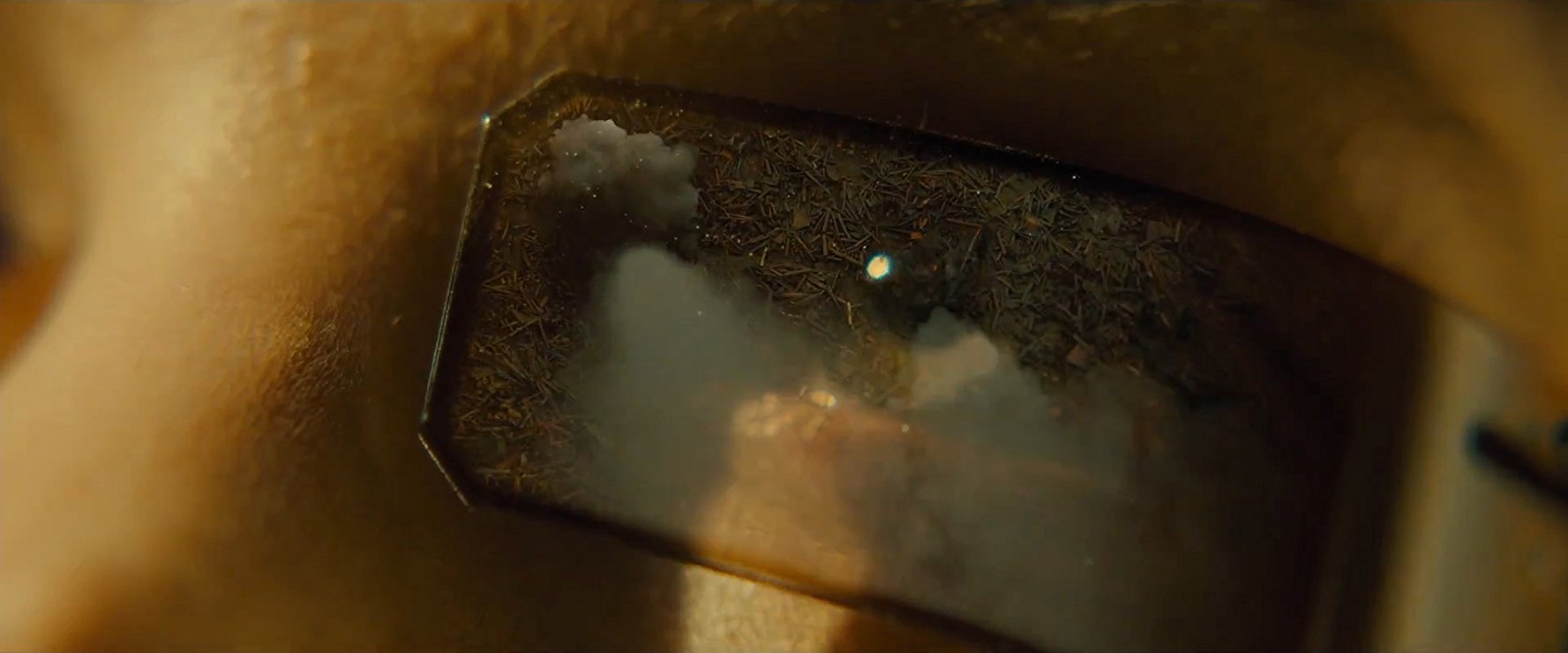Month: November 2017
-

Monumental Questions
Today hearings were held in Manhattan for the Mayor’s Commission on City Art, Monuments and Markers. It was a real New York occasion, with dashes of radical politics, establishment equivocation, blunt force and moments of pure eccentricity. Anyone who wanted could speak for three minutes in randomly assigned slots. Despite being called for the day…
-

The Misogynist Aesthetics of Visuality
“All hitherto existing visuality becomes aesthetic by being misogynist.” This is the necessary update to my earlier claim that “the right to look ….is very much a feminist project.” Visuality is “masculine” or heroic because it is misogynist. It is that misogyny that enables its claim to legitimacy, that is, to make and embody law.…